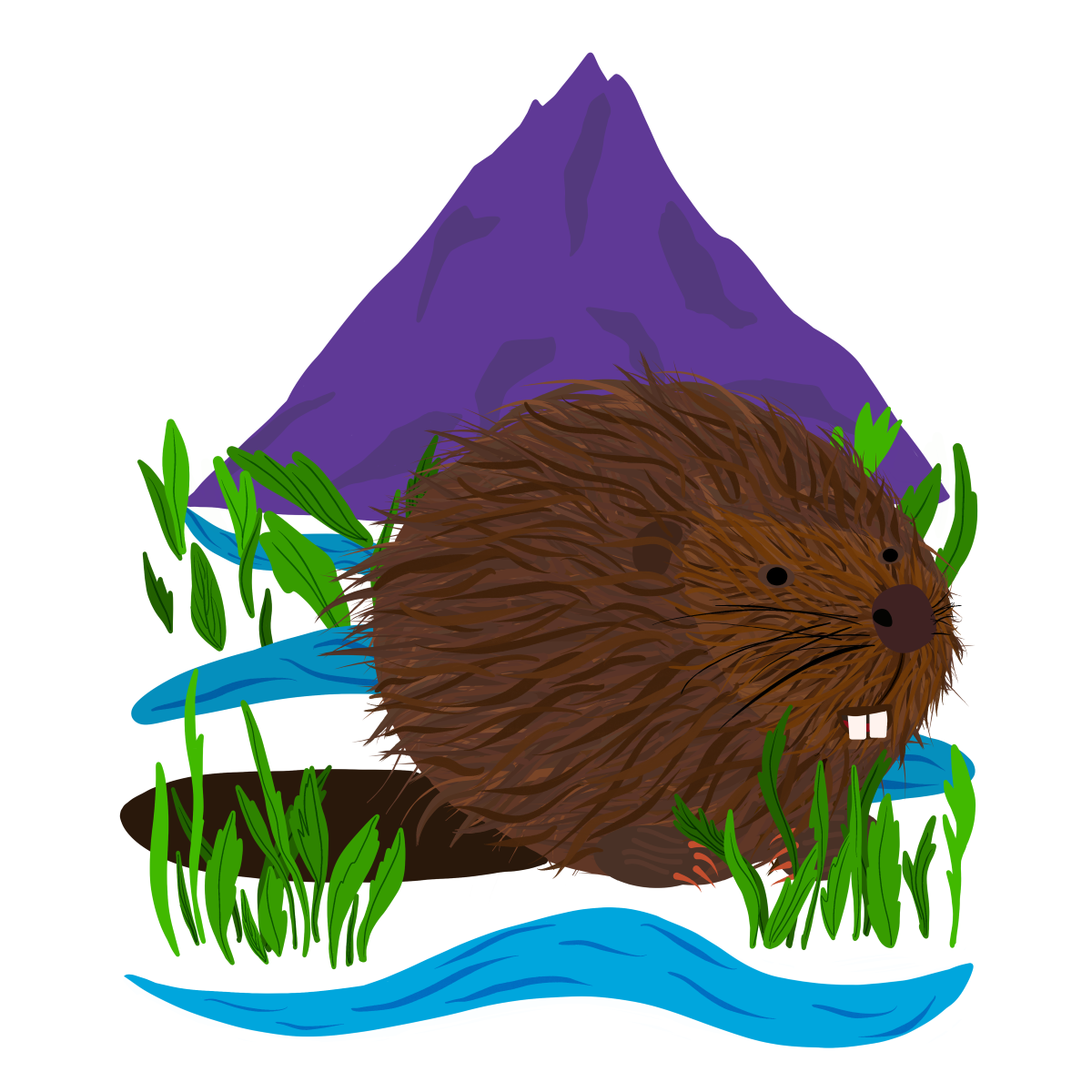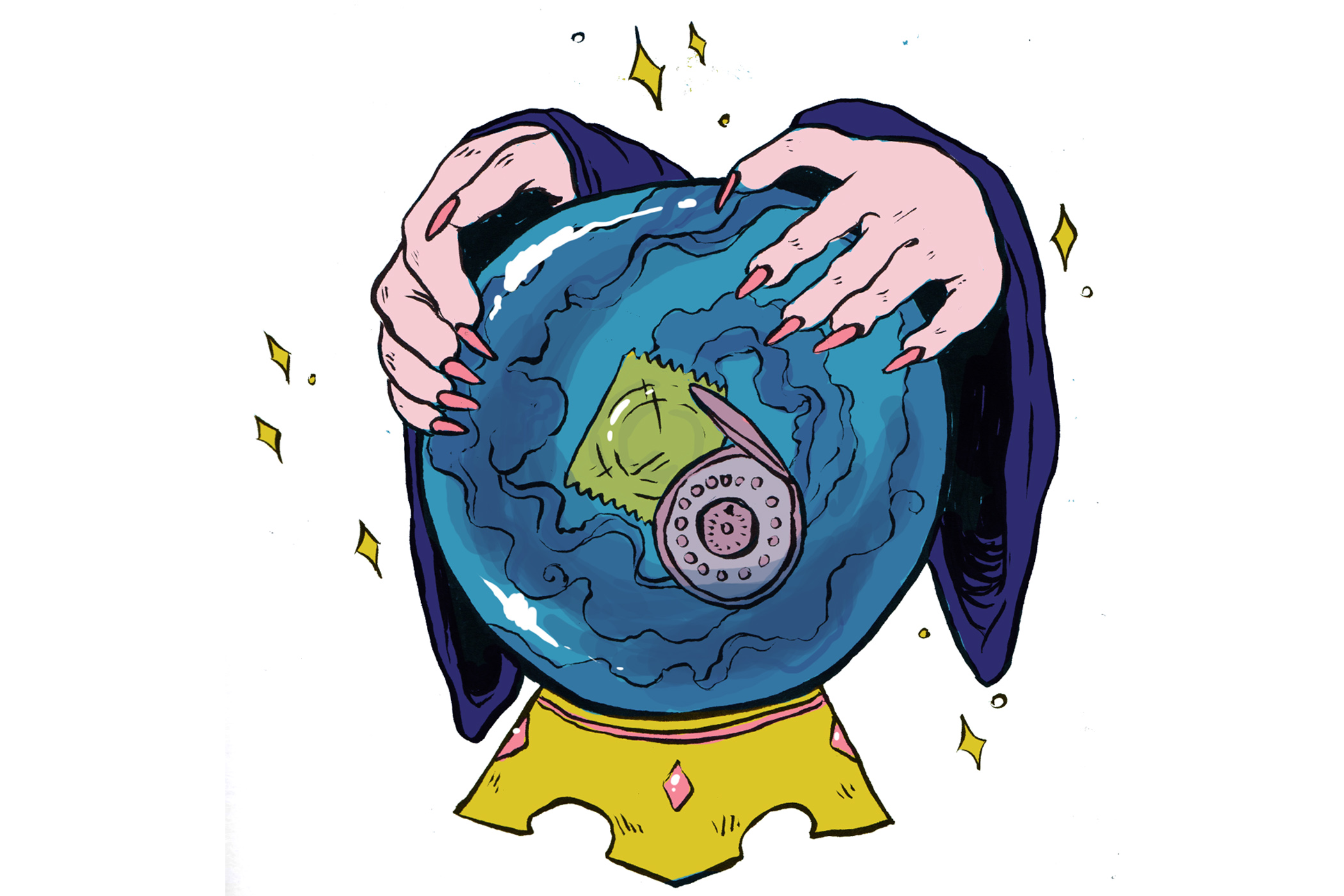On May 3, the peer-reviewed journal Nature Communications released a report describing a powerful archeological discovery—how Indigenous peoples, of North American coasts and Australia, cultivated and harvested oysters for upwards of 5,000–10,000 years or more.
This cultivation of a food staple was woven into these cultures, but it was also sustainable. Indigenous fisheries succeeded in harvesting large quantities of oysters without harming the ecosystem or the oyster population itself.
Understanding the history of native agriculture, as well as its environmental impacts, can help redefine how industrial aquaculture is set up today. It can provide a model for sustainable cultivation that positively affects the environment instead of harming it.
Oysters are what are known as filter feeders. This category of marine wildlife feeds off microscopic plankton found on the surfaces of particles in the water. These particles pass through the oyster, and after their feed is digested, are collected as waste and settle down to the bottom of the water.
An oyster’s way of life doesn’t filter the water for humans to drink, but rather filters water to make it more habitable for other marine wildlife in the ecosystem.
These critters collect and condense food and nutrient particles for bottom feeders, and coat other unsustainable materials like chemical pollutants in the form of pseudofeces, which wrap the particles in a mucus-like material that resembles a muddy smoke, before being expelled through the shell before it enters the digestive tract.
Filter feeders are also great at identifying the toxicity levels of water. If it becomes too toxic for these animals, they close their shells until the water particles become more manageable. Poland uses this to its advantage, by attaching sensors to clams that live in the main water source. If the water is too toxic, the clams will shut, cutting off the water supply from the river.
The significance of filter feeders in the ecosystem is an essential part of sustainable seafood agriculture. Without them, the surrounding water can’t sustain other forms of life. The fewer particles filtered naturally by feeders, the more our own water systems and the seafood we harvest benefit.
The Chesapeake Bay is a prime example of how overfishing and climate change can dangerously impact a marine ecosystem.
A matured oyster can filter up to 1.3 gallons of water per hour, and up to 30 gallons of water per day. Before industrialized fishing, the entire Chesapeake Bay could be filtered by oysters in under a week. Now, because of habitat loss, disease, rising water temperature and overharvesting, it can take up to a year for the oysters in the bay to completely filter out the same amount of water.
Indigenous peoples across both coasts and in Australia, however, were able to construct and harvest vast quantities of oysters without damaging the ecosystem. The evidence comes from shell middens, which contain millions of collected oyster shells—and collaboration with Indigenous cultures to identify how these communities created and used middens.
Middens were once understood by colonial archaeologists to be simple collections of floral and faunal remains. However, such thinking significantly undermined Indigenous engineering that created sustainable, healthy and enduring lifestyles for millennia before colonial occupation.
Scientists and native communities alike are now finding that some middens next to estuaries were advanced, artificial oyster reefs cultivated to provide a steady food source without damaging the ecosystem.
Understanding the feats of native sustainable engineering can help revitalize natural habits that colonists have destroyed since the industrial revolution—without removing a food source outright.
This process will not happen overnight, but as scientists look to the cultural past, there’s hope to provide a healthier, more sustainable future for all of Earth’s inhabitants.






